
- United States
- United Kingdom
- Canada
- Australia
- Netherlands/Ireland
- High School
- University
- Research Institute
- Conditional Admission
- Community College
- Public College
- Private College
- Junior High School
- High School
- United States
- United Kingdom
- Canada
- Australia
- Netherlands/Ireland
- High School
- University
- Research Institute
- Conditional Admission
- Community College
- Public College
- Private College
- Junior High School
- High School
University of Bristol
University of Bristol
Bristol
Founded in 1876

School Info
School Introduction
The University of Bristol, located in the city of Bristol by the River Avon in the southwest of England, was founded in 1876. As a world-renowned institution, it is one of the six "red brick" universities in the UK and a member of the prestigious Russell Group, often referred to as the UK's Ivy League. The university was long led by former British Prime Minister Winston Churchill and was the first UK university to admit both male and female students, providing equal status to women. It is also ranked as one of the top eight most difficult universities to enter in the UK.
As an academic powerhouse, the University of Bristol has a high reputation, particularly for its medical school, which was established in 1833, making it the oldest school within the university. The university now consists of six faculties: Arts, Engineering, Medicine and Veterinary Medicine, Pharmacy and Dentistry, Science, and Social Sciences and Law. Among these, the Medical, Law, and Engineering faculties are the most famous.
In addition to its renowned medical program, the university is also well known for its engineering courses, which have contributed to the production of British Formula 1 cars. The university's law, economics, accounting, arts, and social sciences programs are also of world-class caliber. Bristol is also a major hub for independent film production, television companies, and the BBC’s southwest center, making media-related courses highly sought after.
The university has established partnerships with prestigious universities in the United States, Australia, Canada, Argentina, and Japan, offering a credit transfer system for students studying abroad. Distinguished alumni span a wide range of fields, including writers, poets, linguists, philosophers, medical experts, politicians, legal scholars, and musicians (such as James Blunt). Six Nobel Prize winners are among its alumni, four of whom received the Nobel Prize in Physics, and two in Chemistry. Notably, Paul Dirac, who won the Nobel Prize in Physics in 1933, is considered one of the founders of quantum mechanics.
The university's iconic building is the Wills Memorial Building, which is also a landmark of the city of Bristol.


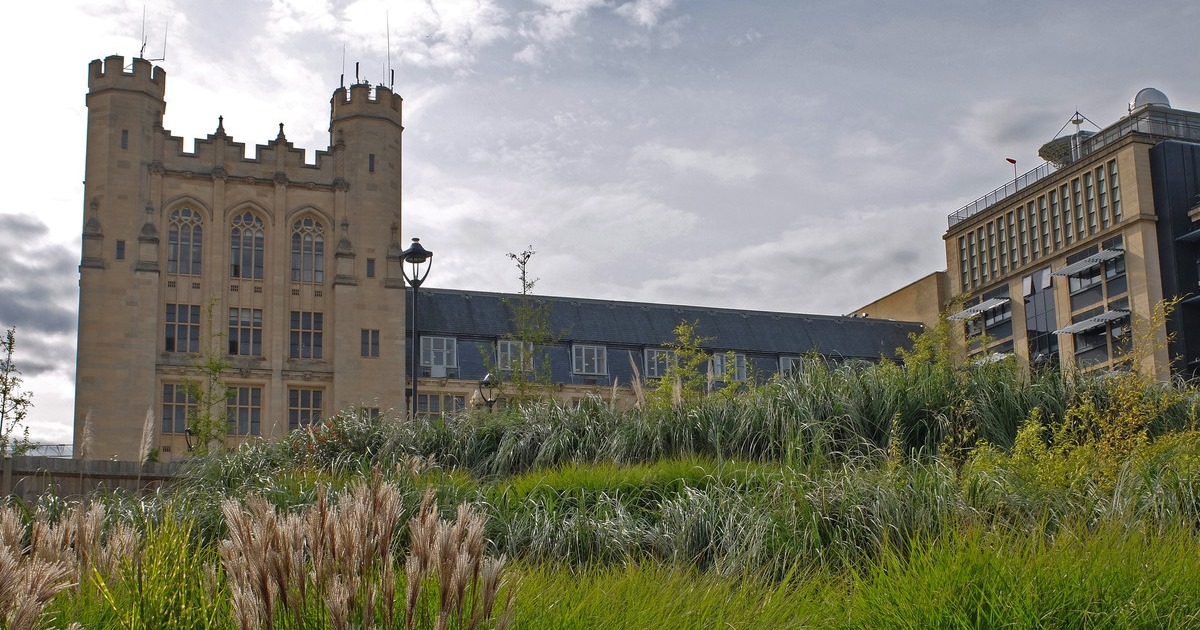
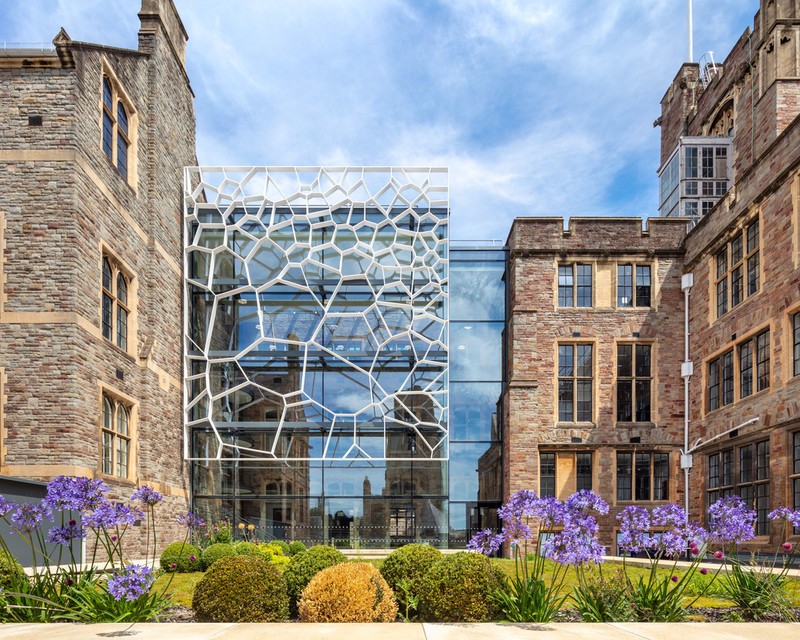
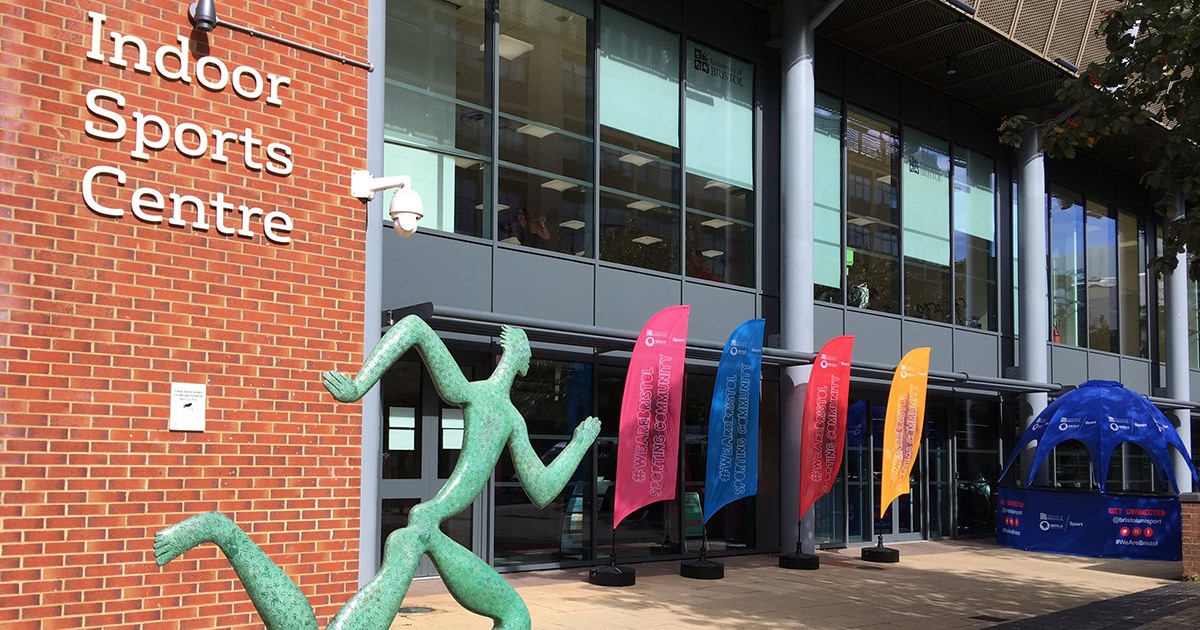
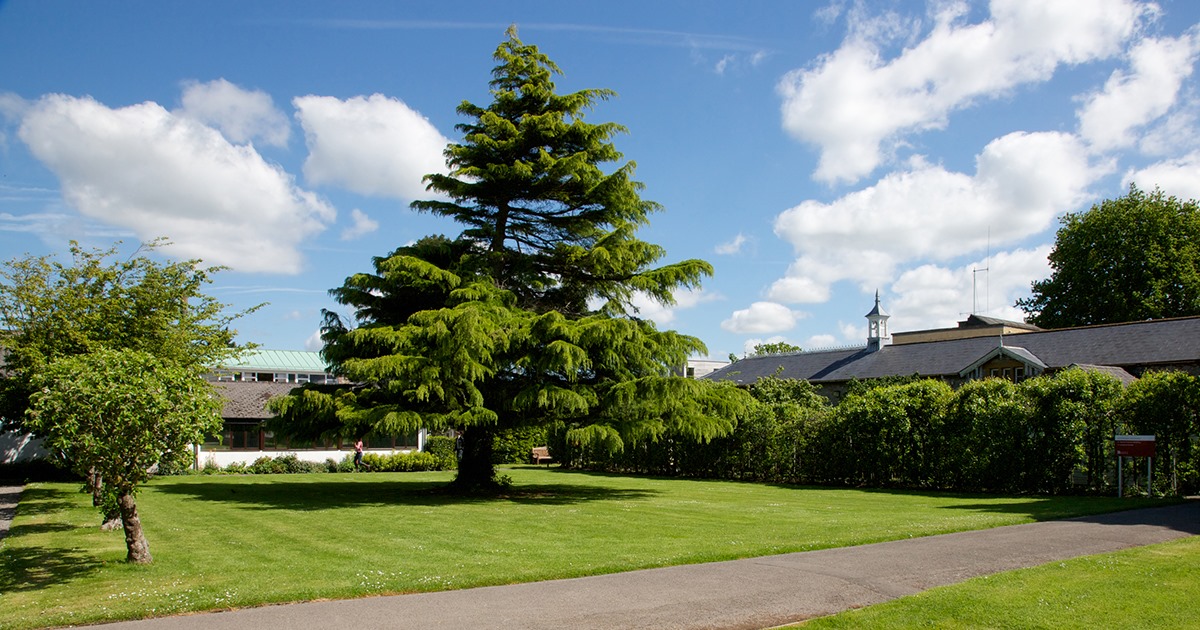
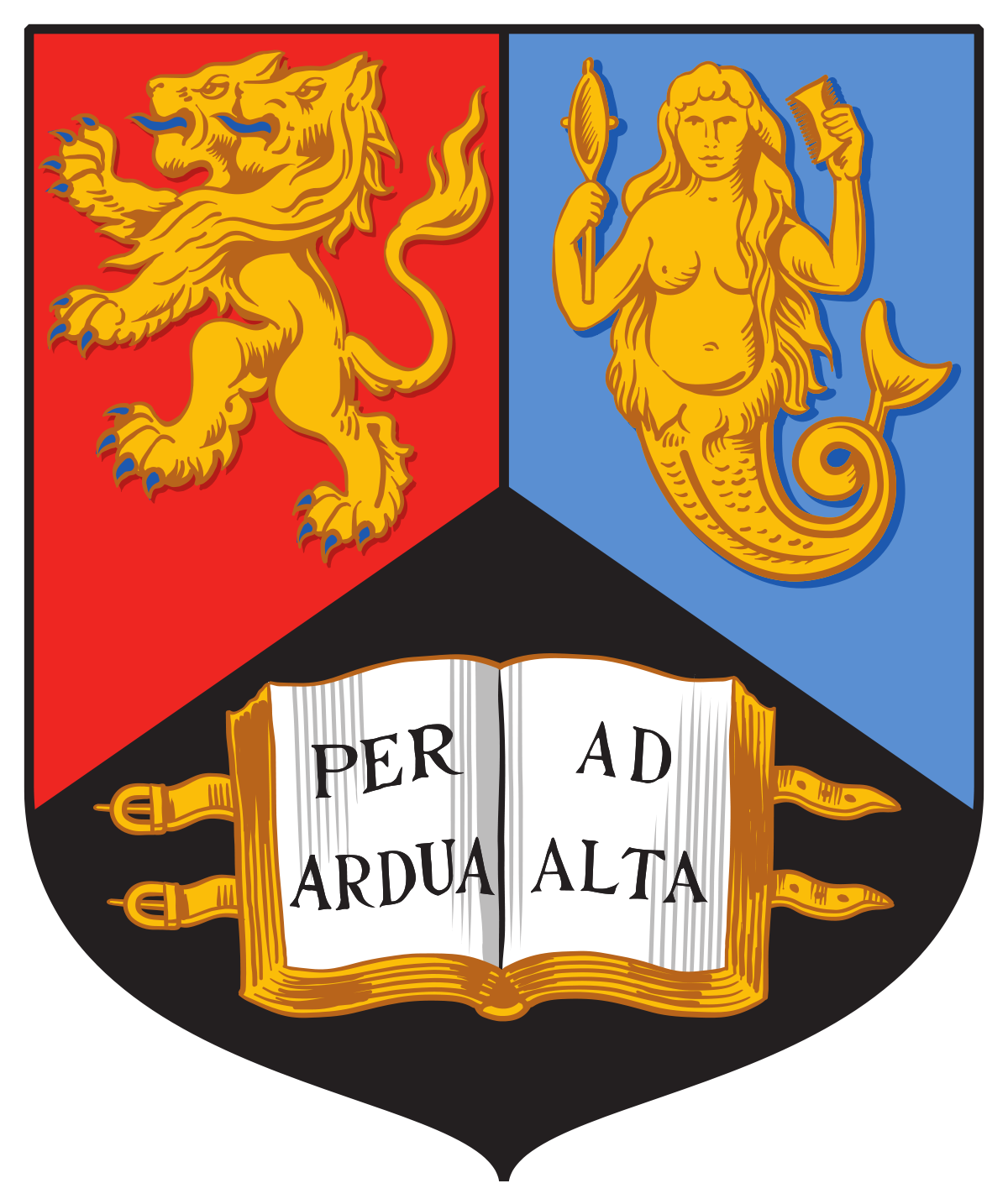
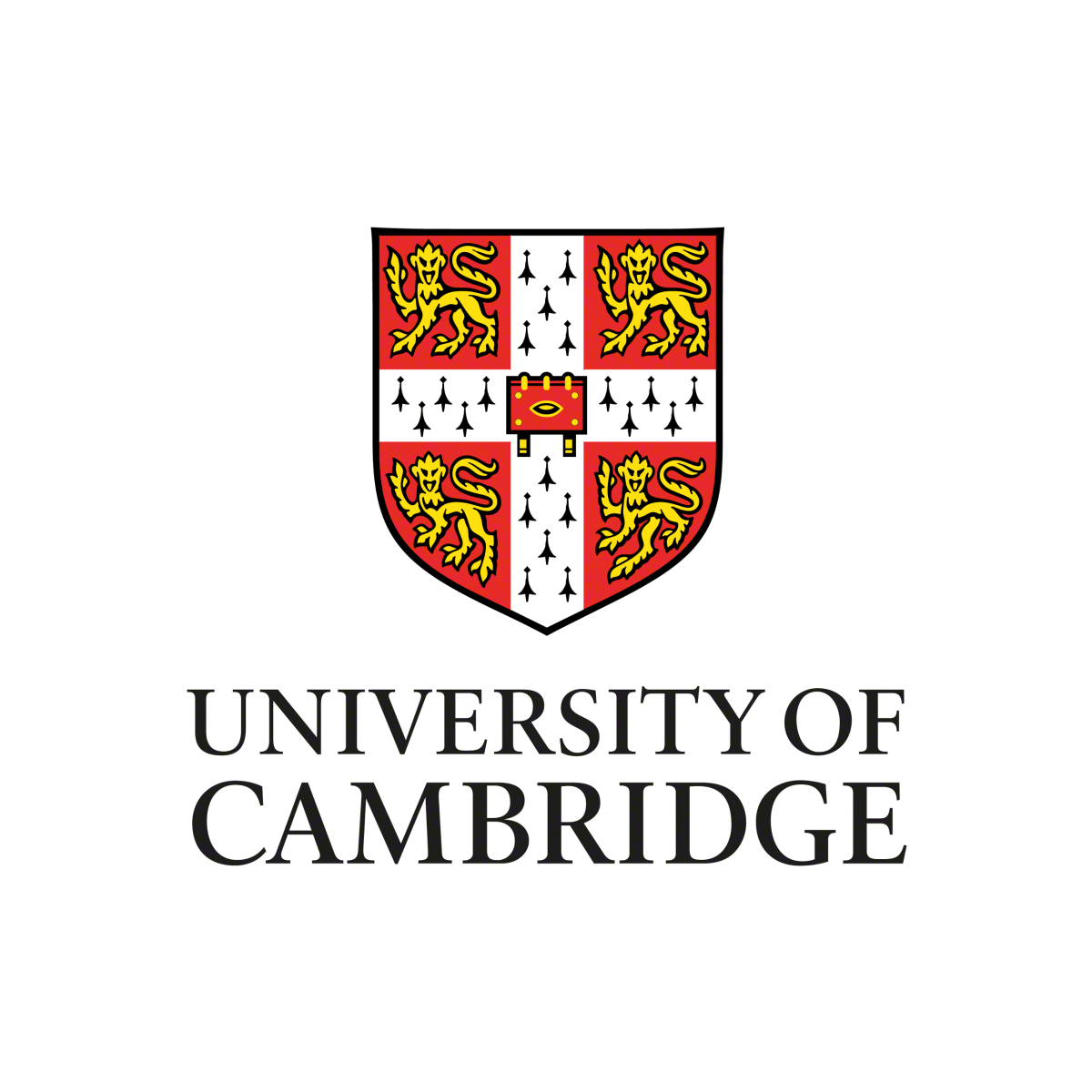
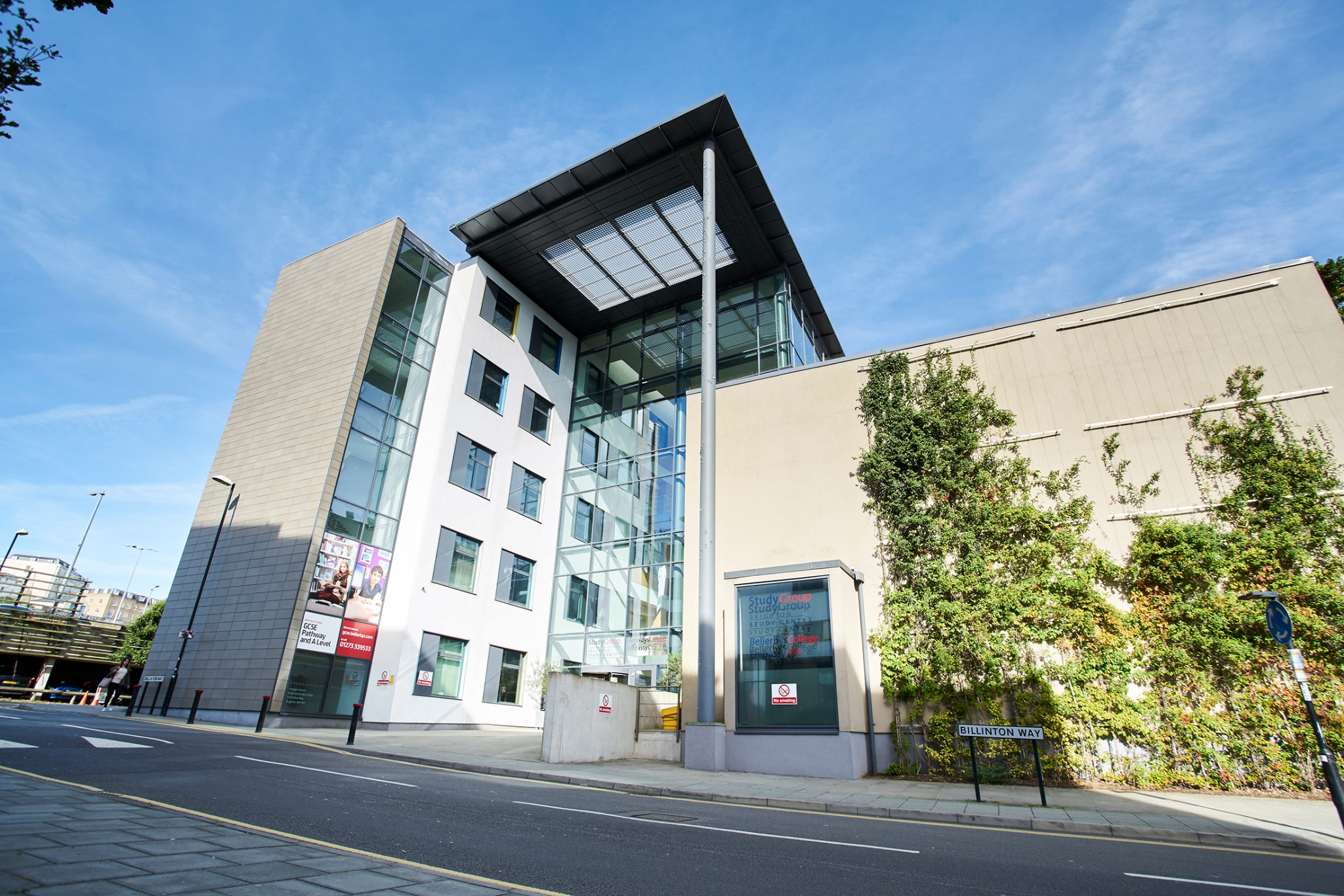
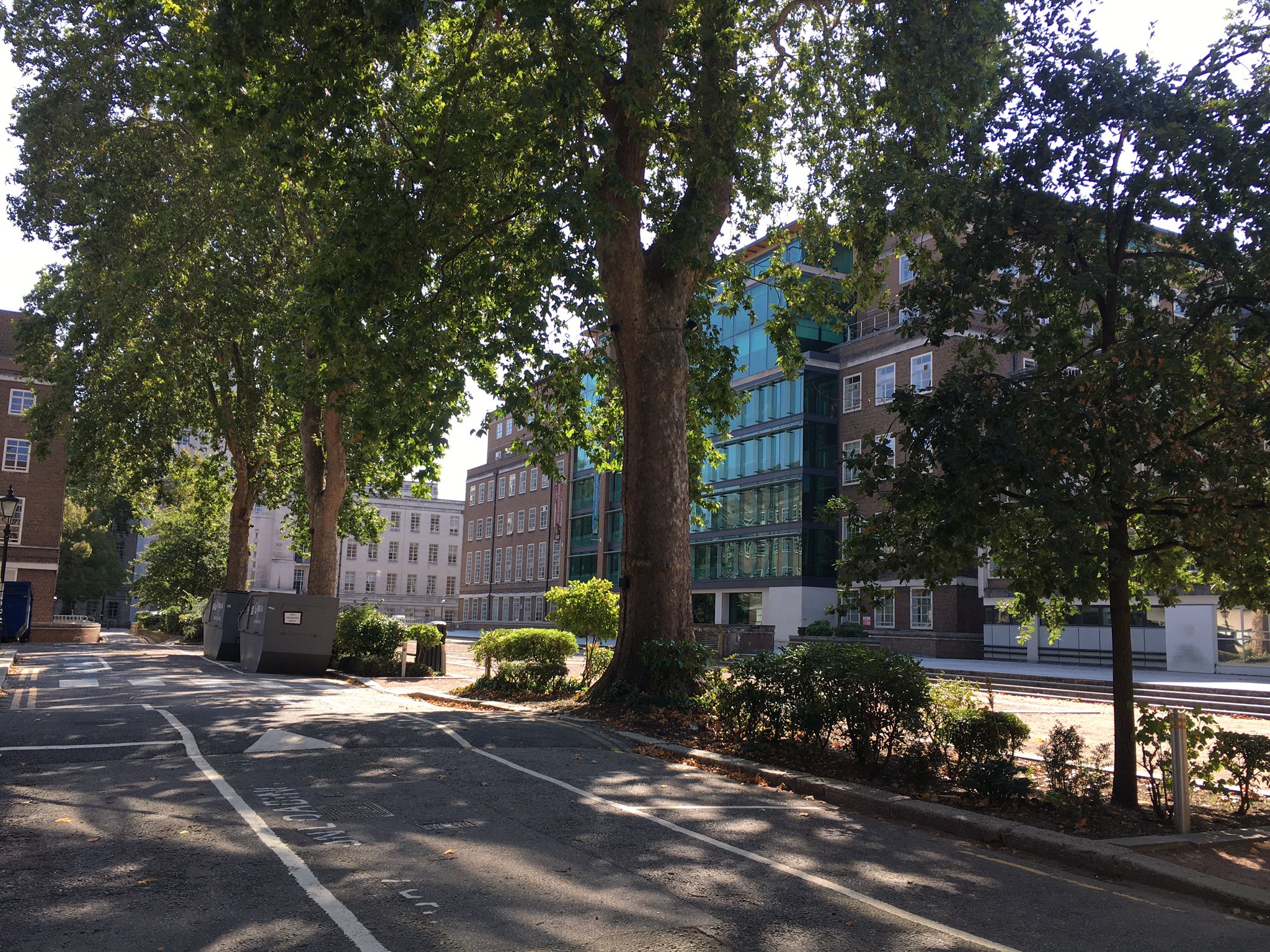
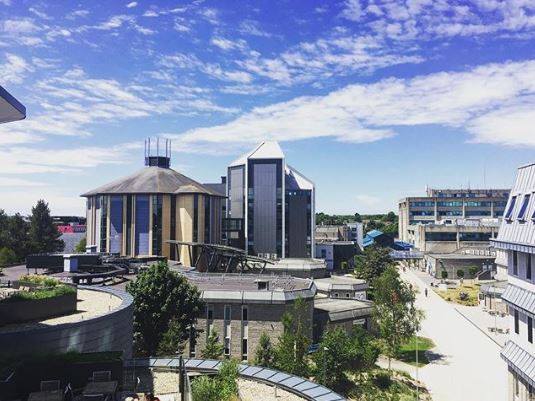

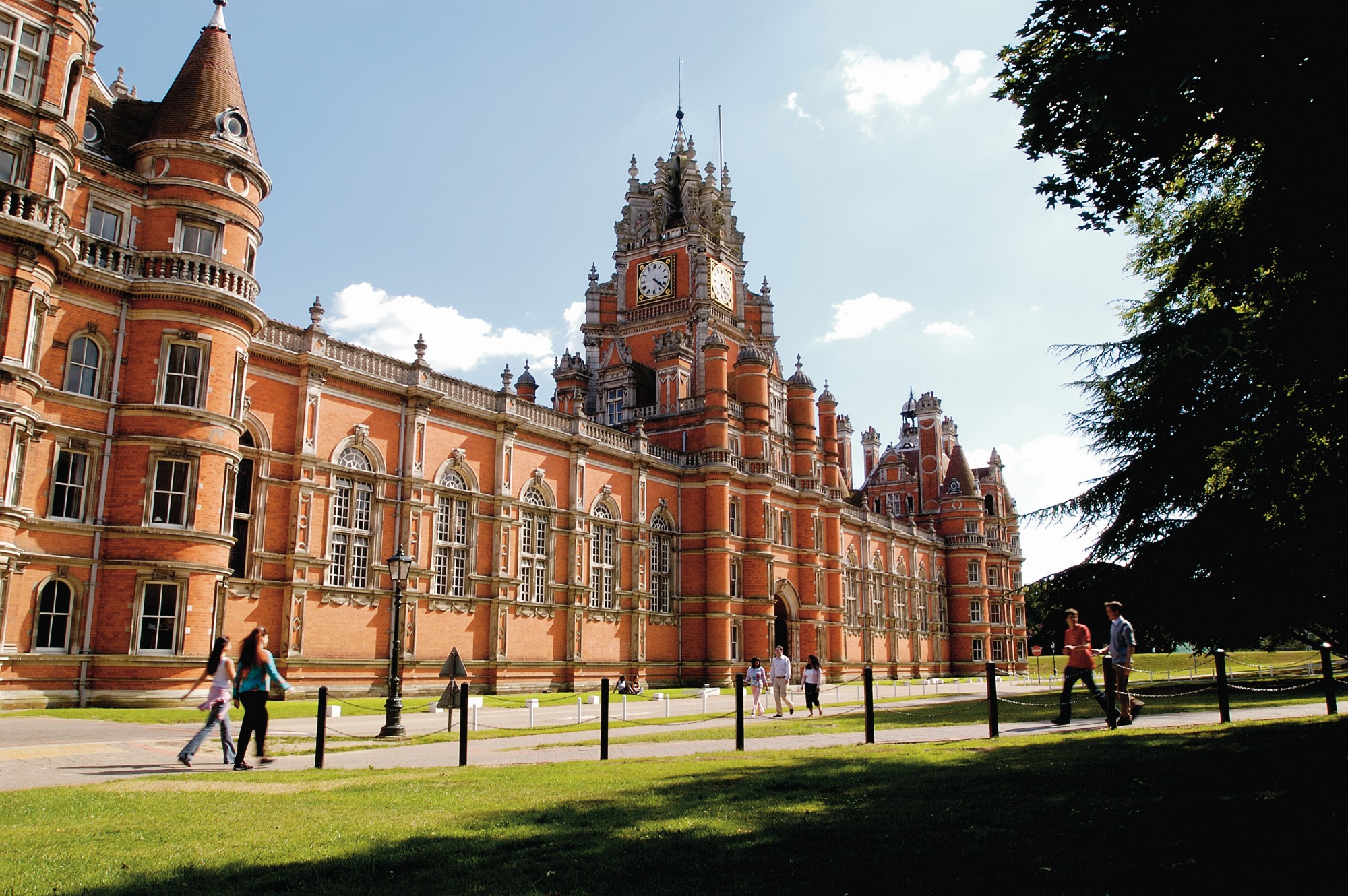
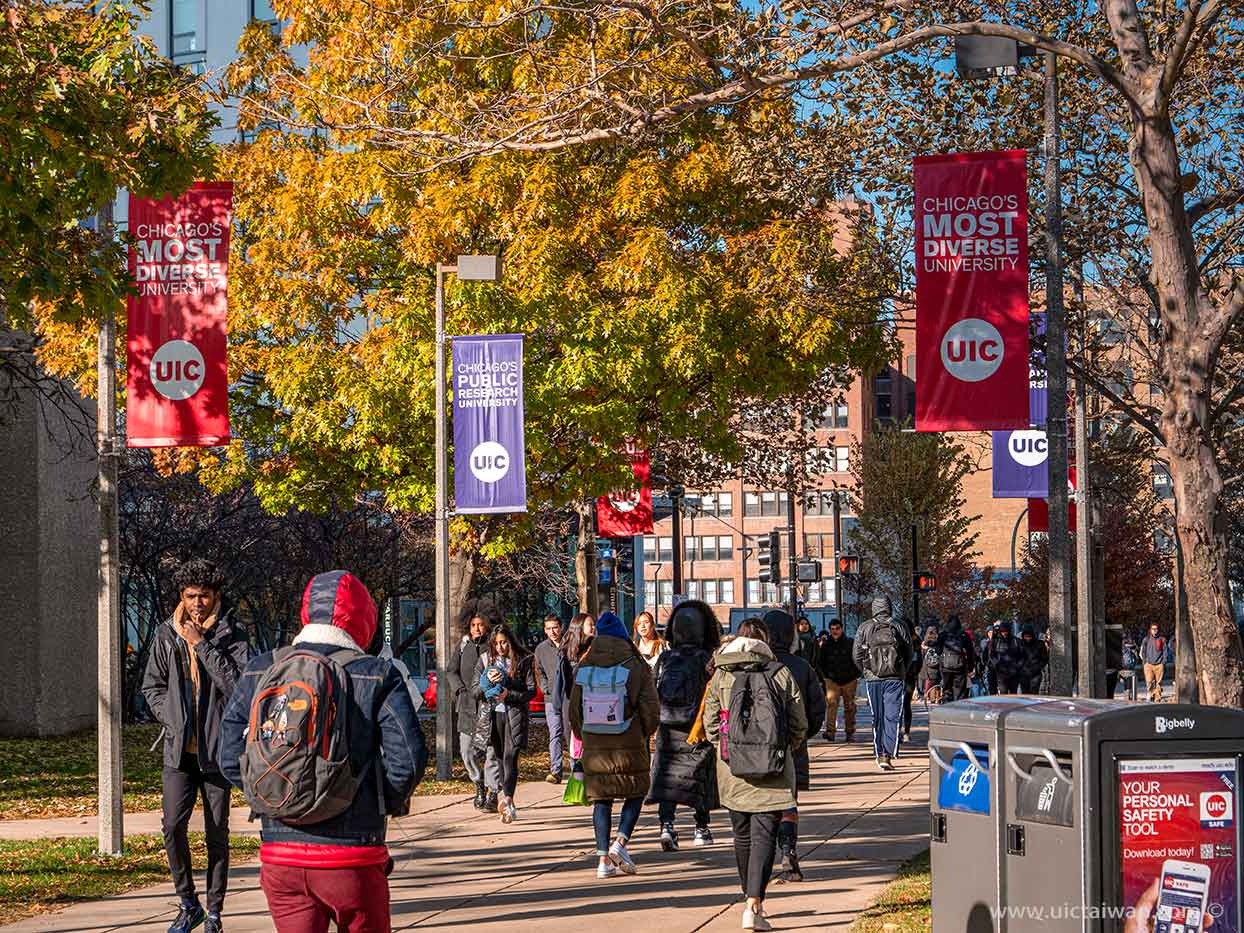






 Study in the USA
Study in the USA Study in Australia
Study in Australia Study in the UK
Study in the UK Study in the Netherlands/Ireland
Study in the Netherlands/Ireland Study in Canada
Study in Canada Conditional Admission
Conditional Admission



